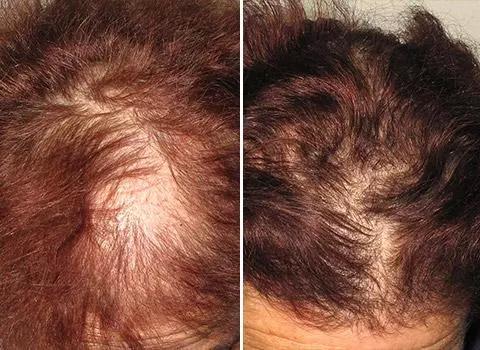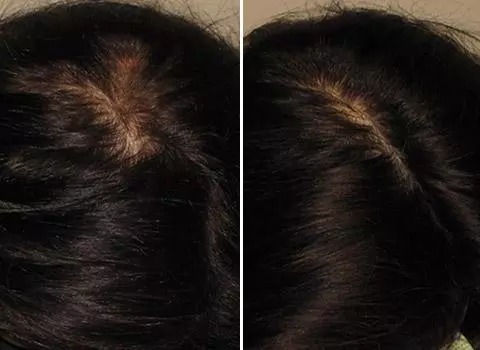I wanted to discuss scars and wounds in places where hair is typically grown. The skin on the body heals by forming a scar, usually unavoidable, and different scars on different body parts can more noticeable and prominent than others. Typically these scars on the body can be responsive to plastic surgery correction, but what if the scar is in a hair-baring area like the scalp or beard area? You can't always just cut the old scar out of these locations.
Hair doesn't naturally grow in scar tissue because there aren't any hair follicles in a scar. Many patients have disfiguring scars in hair-baring areas, causing great emotional trauma, and if it's a well-healed scar, the tissue, in general, has a poor blood supply. And blood supply is an essential component of successful follicle growth and regeneration; it is the transportation system for oxygen and nutrients to the hair follicle.
So when a scar forms on damaged skin, hair follicles may not grow back due to the lack of blood vessels.
What can we do?
Best Case Scenario: Preventative Treatment
If the wound is new, I can do a couple of things to help prevent a severe scar from forming.
Hair Follicle Regeneration at HT&RC
Hair Follicle Regeneration has been around for many years and is very effective in improving wound healing. The benefit of treatment is the various protein growth factors that I inject into the wound. Some of these proteins stimulate epithelial growth (new skin growth), some of these stimulate new blood vessel growth, and some stimulate new hair growth. There are many other growth factors within hair follicle regeneration, but I mention these to illustrate the point: Injecting early stimulates a new blood supply to grow into the scar area and improve healing.
Exosomes
Exosomes, a very recent treatment, are extracellular vesicles derived from bone marrow mesenchymal stem cells. They also contain the same growth factors as hair follicle regeneration although there is a higher concentration; beyond this, they contain mRNA and microRNA. Exosomes are very powerful in stimulating the growth of “new” young skin and limit scar formation.
But what if it is an older scar?
Second Best Option: Prepare the Scar if Time Allows
If I am going to fill in a scar, ideally, I like to prepare the scar for transplantation. So I use the same preventative injected treatments to increase the blood supply to the spot so the newly transplanted grafts will have a better chance to grow.
Below are three examples of patients who underwent a transplant to fill in their scar. In two of the three cases below, I treated the scars before the transplant, but all three patients provide a good representation of the hair-bearing areas where scars are present.
Patient One
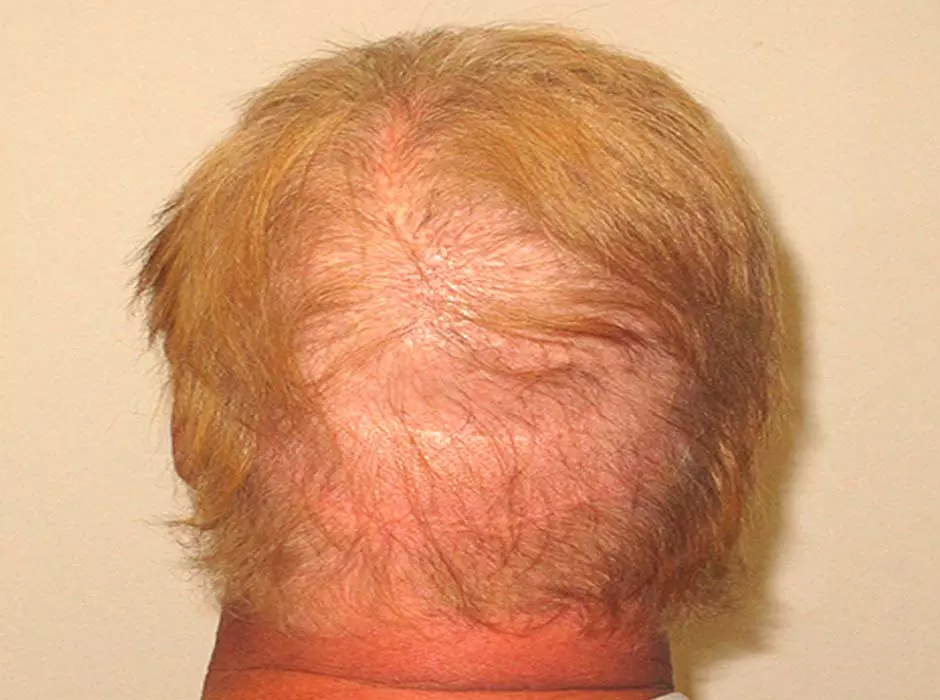
In this first case, this patient had several previous transplants at other facilities, which left him with visible scars and very little density on the back of his head. There was no donor hair on the posterior scalp, and because of the location of the scars, the blood supply to the posterior scalp was compromised.
Treatment
Because the posterior scar had compromised all blood supply, months before the transplant, I did two separate hair follicle regeneration treatment rounds to prepare the entire area to accept the new grafts, knowing the donor hair would come from his beard. This picture is post op, he underwent a beard to scalp FUE transplant of 2000grafts.
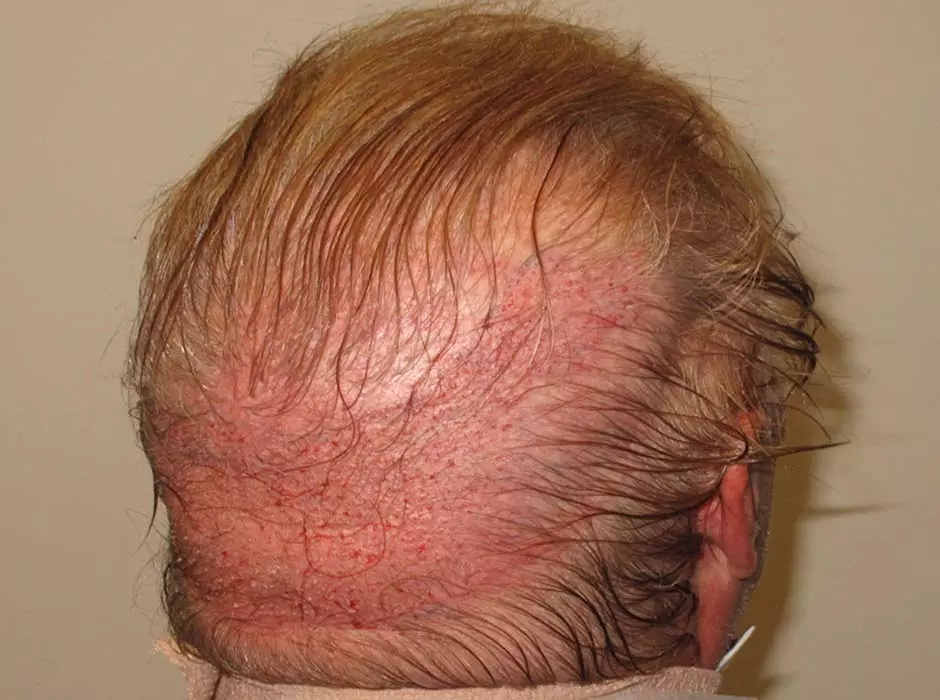
Patient Two
In the second case, this is a young patient who had a scar on his scalp from birth. He was very self-conscious and wanted the scar filled in.
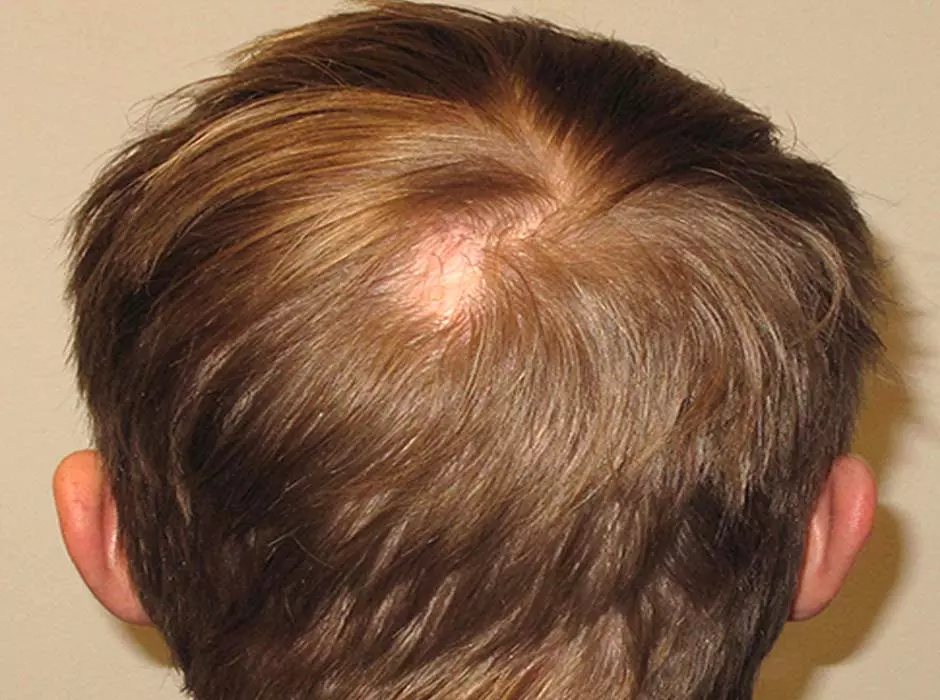
Treatment
I did two rounds of hair follicle regeneration treatment in the months before the transplant to prepare the scar with an improved blood supply. Then I did a FUE no shave harvest of 300 grafts from the back of his head and transplanted them into the scar. Hair follicle regeneration treatment was again used at the time of the transplant.
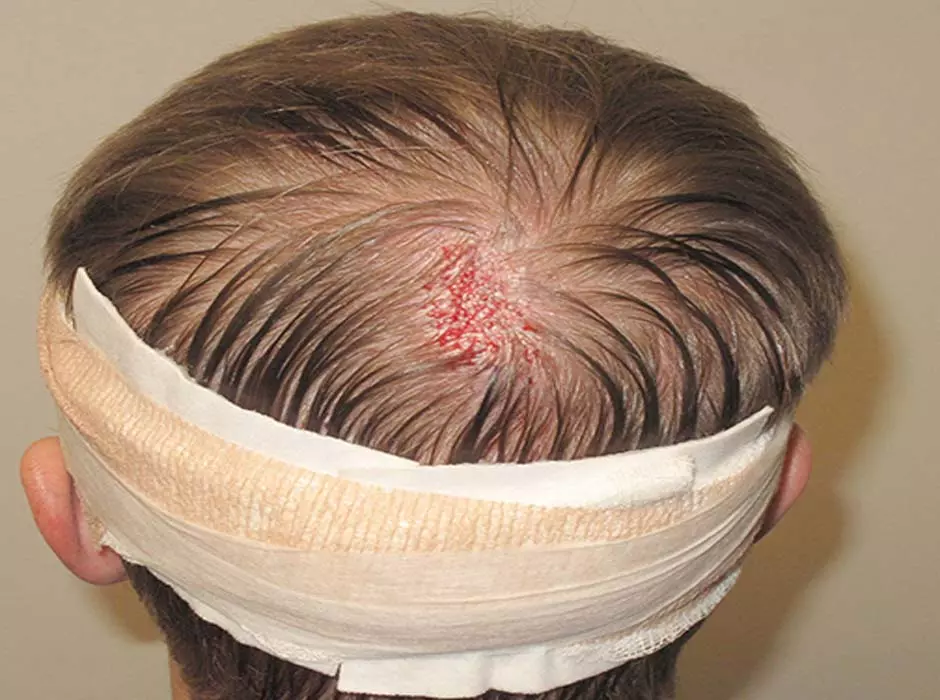
He came back for pictures eight months later and was pleased with the fill-in. The new growth should continue to improve, and if needed, I can add more grafts to the scar in the future.
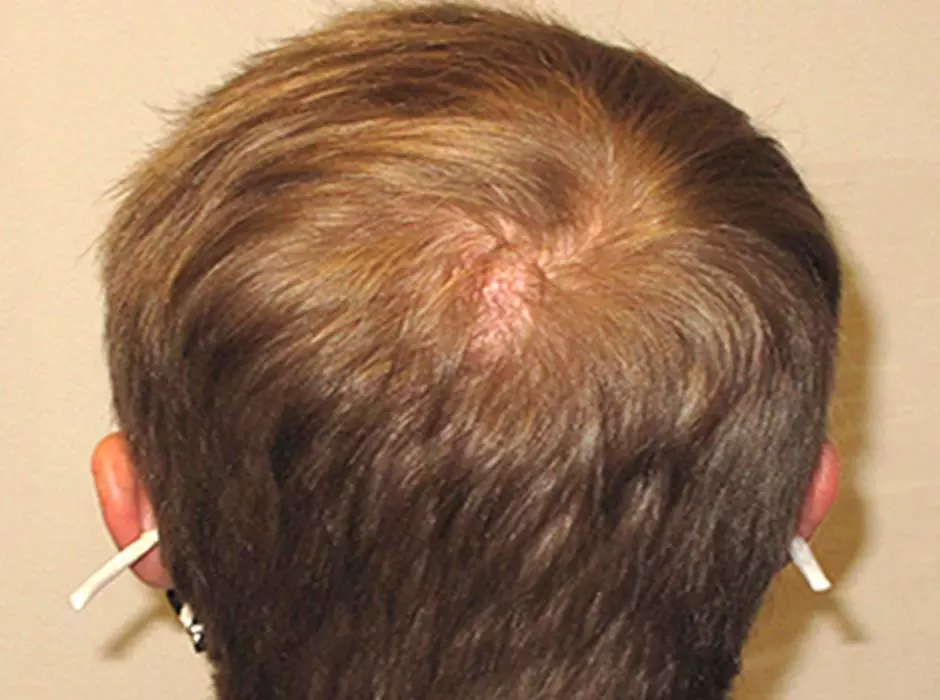
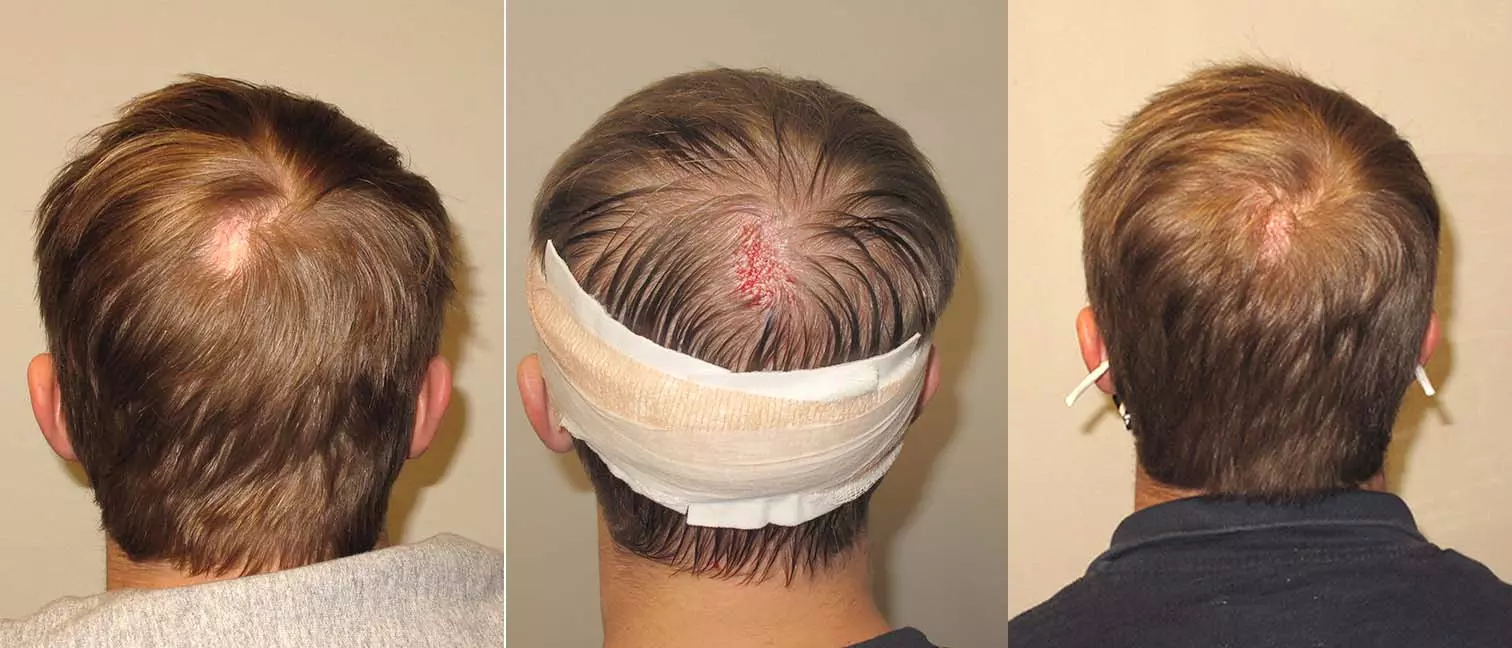
Patient Three
In the third case, this patient came in wanting to camouflage the scar he had for many years on his neck. No beard hair would grow from the scar area.
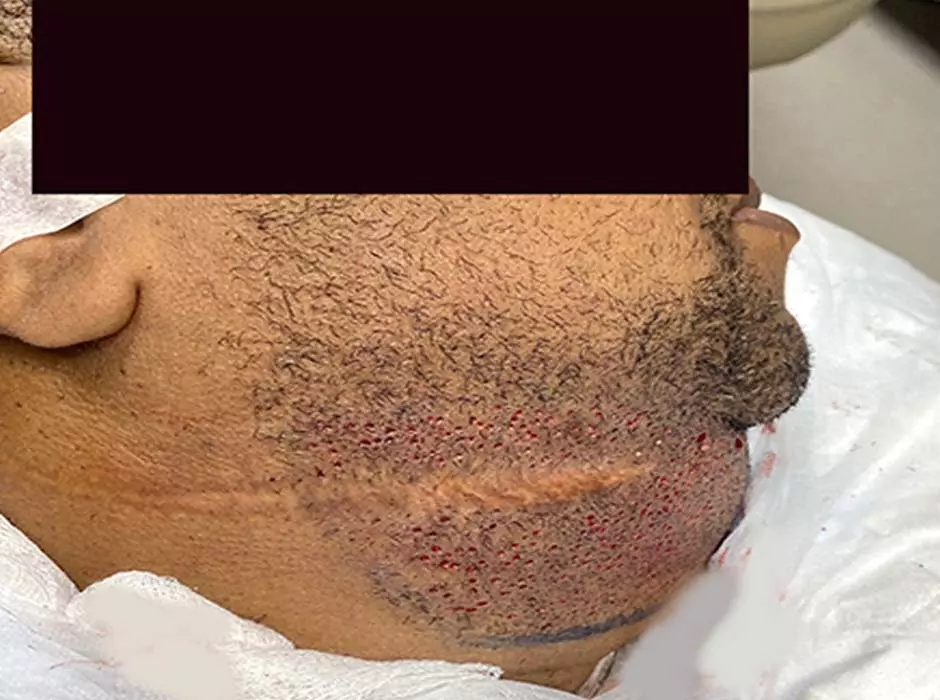
Treatment
Due to time constraints, this patient could not undergo multiple rounds of hair follicle regeneration treatment and was interested in moving ahead quickly with the transplant. I did a beard-to-beard FUE transplant with 595 grafts, and hair follicle regeneration treatment was included with the procedure. As you can see, the scar is covered, but we can always fill in any areas that did not have as good growth in the future.
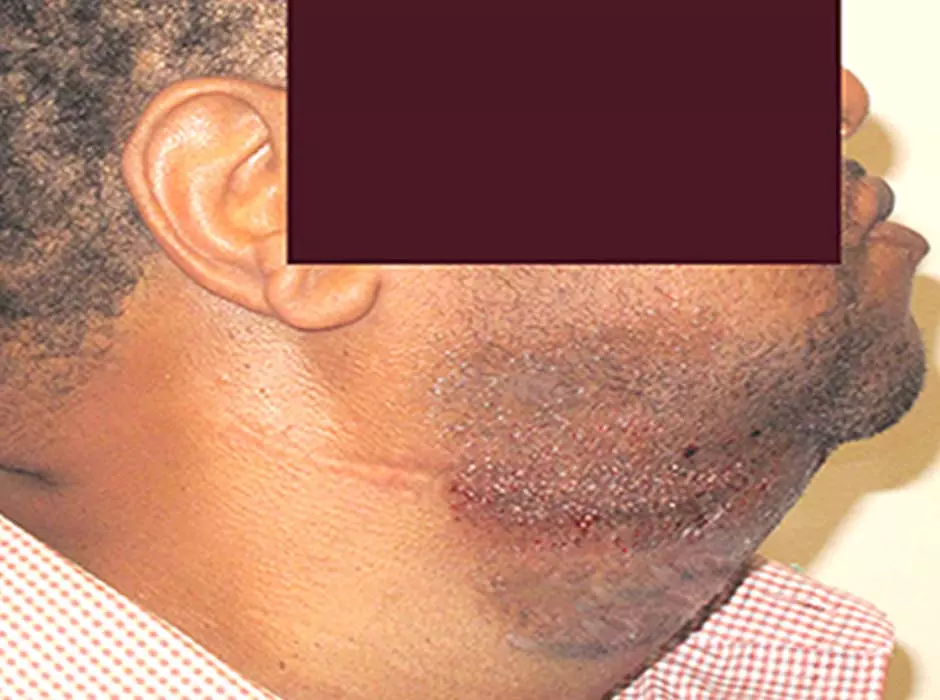
In general, beard hair grows well and has a large diameter. Some men have very dense beards with a lot of donor hair, and some have more sparse beard hair. But it is an excellent choice if there is limited donor hair from the scalp as was the case with Patient One.
If you have a scar in a hair-baring area, please contact our office. I would be happy to take a look and discuss your options.
Dr. Gray


